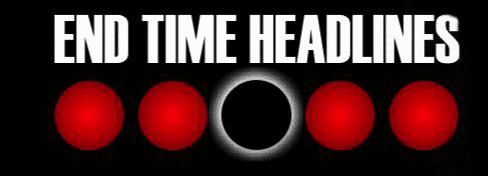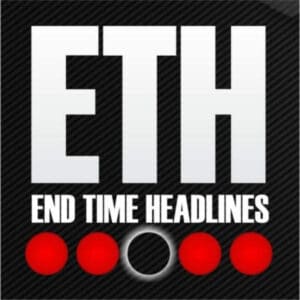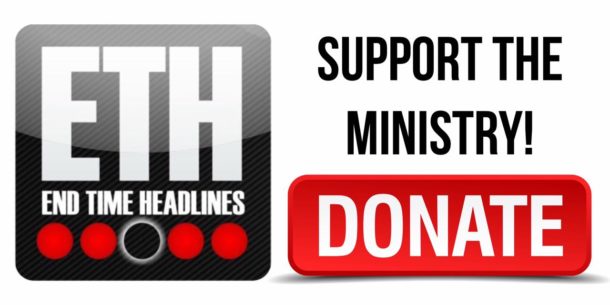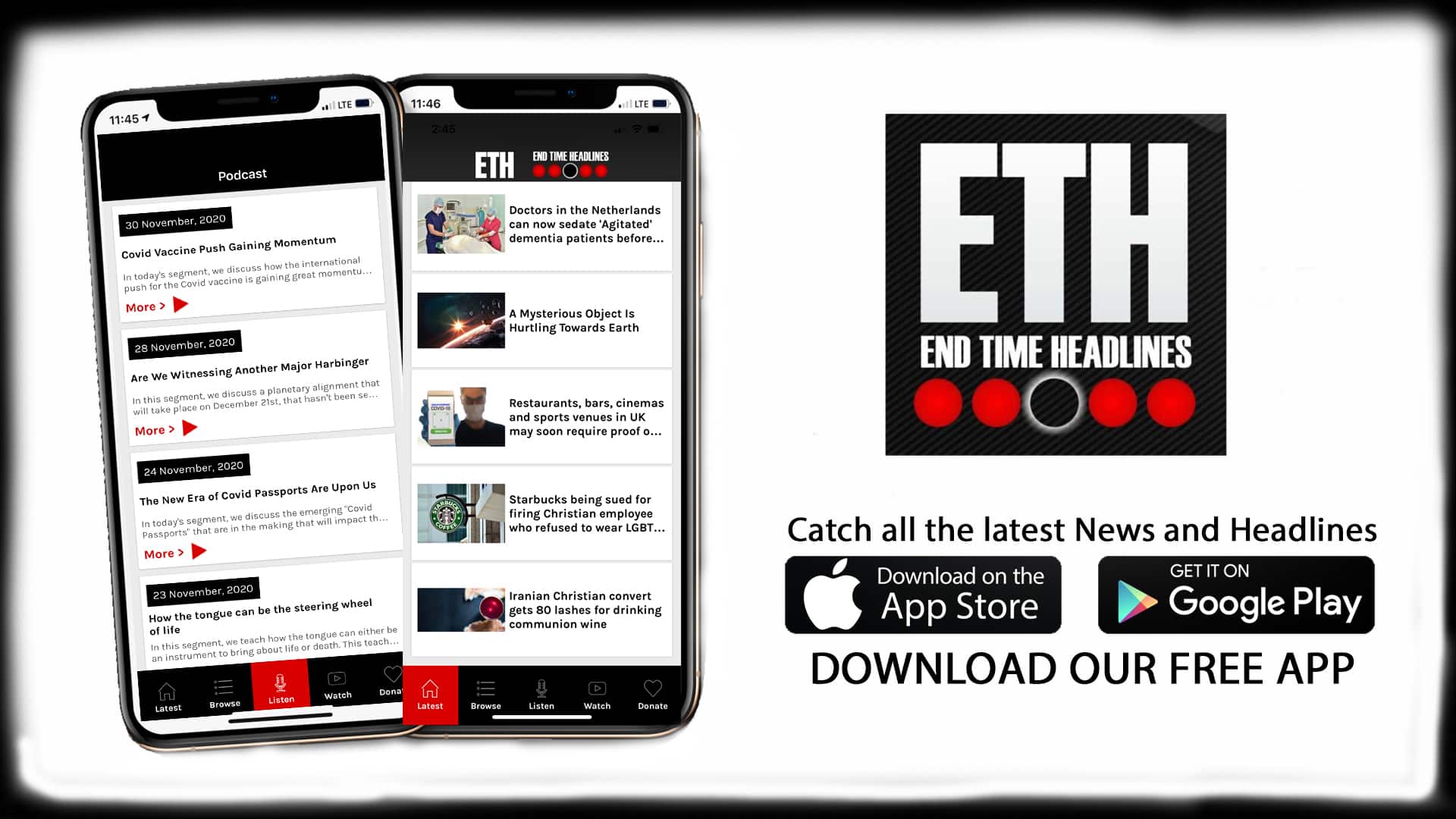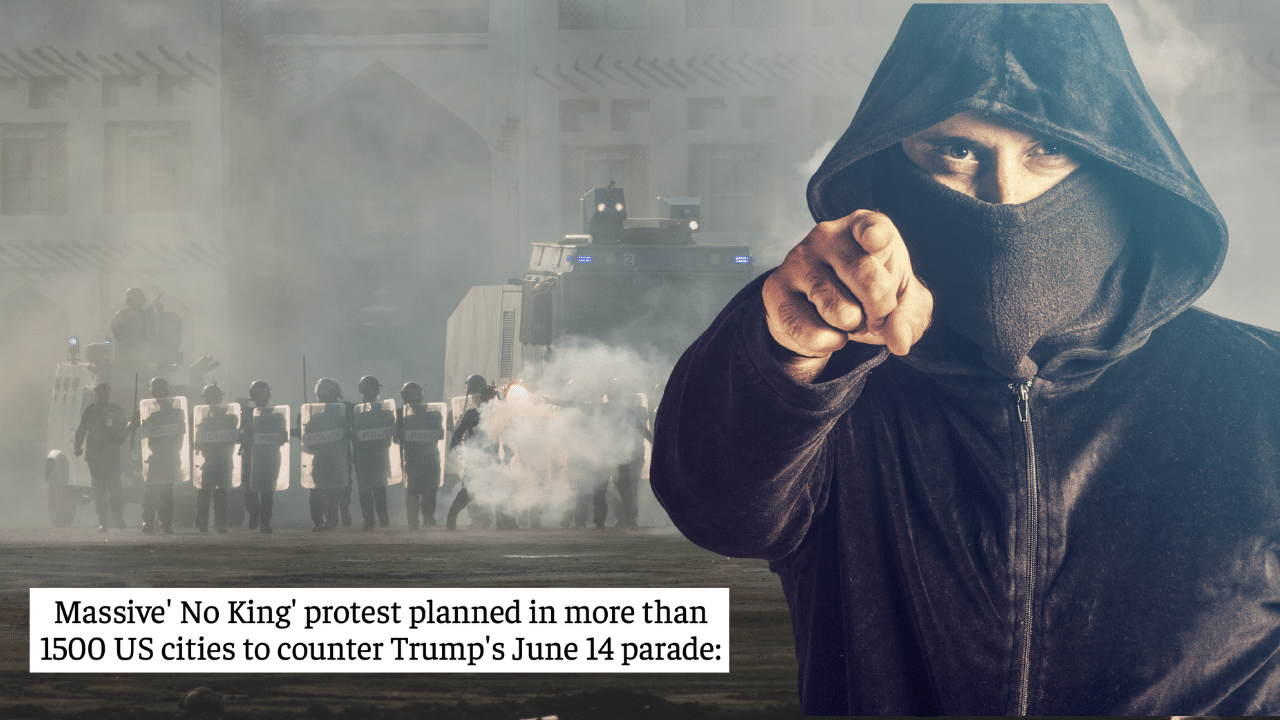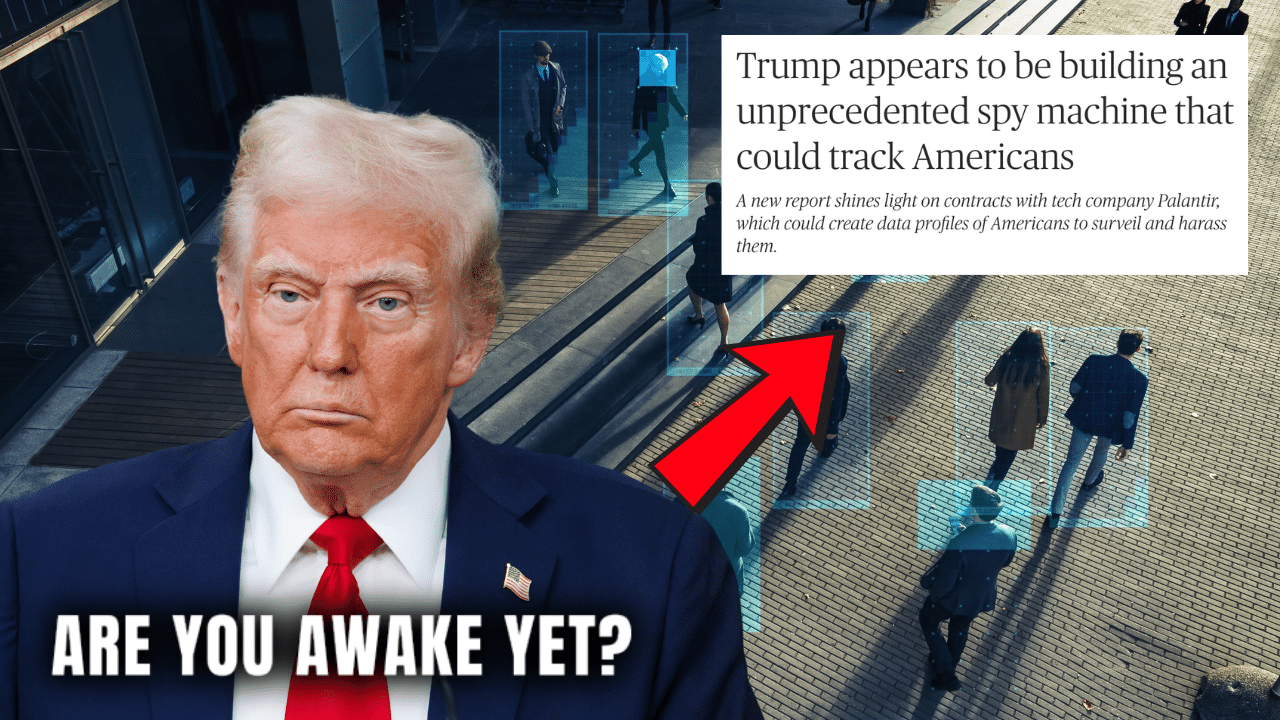Economic experts and news outlets are sounding the alarm over a confluence of indicators suggesting the United States may be teetering on the edge of a recession.
Drawing from recent reporting by Newsweek and insights from economists, five key metrics have emerged as critical warning signs. Here’s a closer look at these indicators and what they could mean for the U.S. economy.
1. Declining Consumer Confidence
Consumer confidence, a vital gauge of economic health, is showing troubling signs.
According to Newsweek, Moody’s Chief Economist Mark Zandi recently noted that while consumer confidence isn’t yet at recessionary levels, it is “moving in the wrong direction.”
CNN echoed this sentiment, reporting Zandi’s comments that the indicator isn’t “screaming recession yet,” but its downward trend is cause for concern.
Historically, a sustained drop in consumer confidence often precedes reduced spending, which can drag the economy into a downturn.
2. Rising Unemployment Signals
The labor market, long a pillar of U.S. economic resilience, is beginning to show cracks.
Newsweek highlighted expert concerns about unemployment trends, particularly in light of federal government cuts—the nation’s largest employer.
With no signs of these reductions slowing, economists fear a ripple effect across industries.
While specific unemployment figures weren’t detailed, the combination of government downsizing and broader economic uncertainty has raised red flags about job security and wage growth.
3. Stagflation Risks from Tariffs
The specter of stagflation—a toxic mix of stagnant growth and rising inflation—has re-emerged, fueled by the Trump administration’s expanding tariff policies.
Newsweek cited economist Diane Swonk, who observed that inflation and unemployment “do not tend to rise in tandem,” yet current conditions suggest they might.
She linked this to tariffs, which could drive up costs while choking economic output. Zandi also told Newsweek that he believes these policies are “pushing” the country toward a recession, a view that underscores the fragility of the current economic balance.
4. Uncertainty at Historic Levels
Economic uncertainty is reaching levels not seen since major crises like 9/11 and the 2008 financial crash.
Newsweek reported Zandi’s comparison of today’s climate to those pivotal moments, emphasizing how uncertainty can paralyze investment and spending.
The combination of tariff expansions, affecting an ever-growing list of countries and goods, and unpredictable fiscal policy has left businesses and consumers alike on edge, amplifying recession risks.
5. Federal Government Cuts and Economic Drag
The ongoing reduction in federal government employment and spending is a double-edged sword. As Newsweek noted, these cuts are showing “no signs of abating,” potentially undermining a key economic stabilizer.
With the government as the largest employer, downsizing could lead to reduced consumer spending and weaken demand across multiple sectors.
Economists interviewed by Newsweek are closely monitoring whether this trend, paired with tariff-induced pressures, could tip the economy into a full-blown recession.
Broader Context and Expert Views
The convergence of these indicators has sparked a range of opinions. While some experts, like Swonk, warn of stagflation, others remain cautiously optimistic.
Zandi’s tempered view—that a recession isn’t imminent but risks are rising—reflects the uncertainty gripping the economic landscape.
Posts on X have amplified these concerns, with users linking the indicators to broader political decisions, though such sentiments remain anecdotal rather than definitive evidence.
